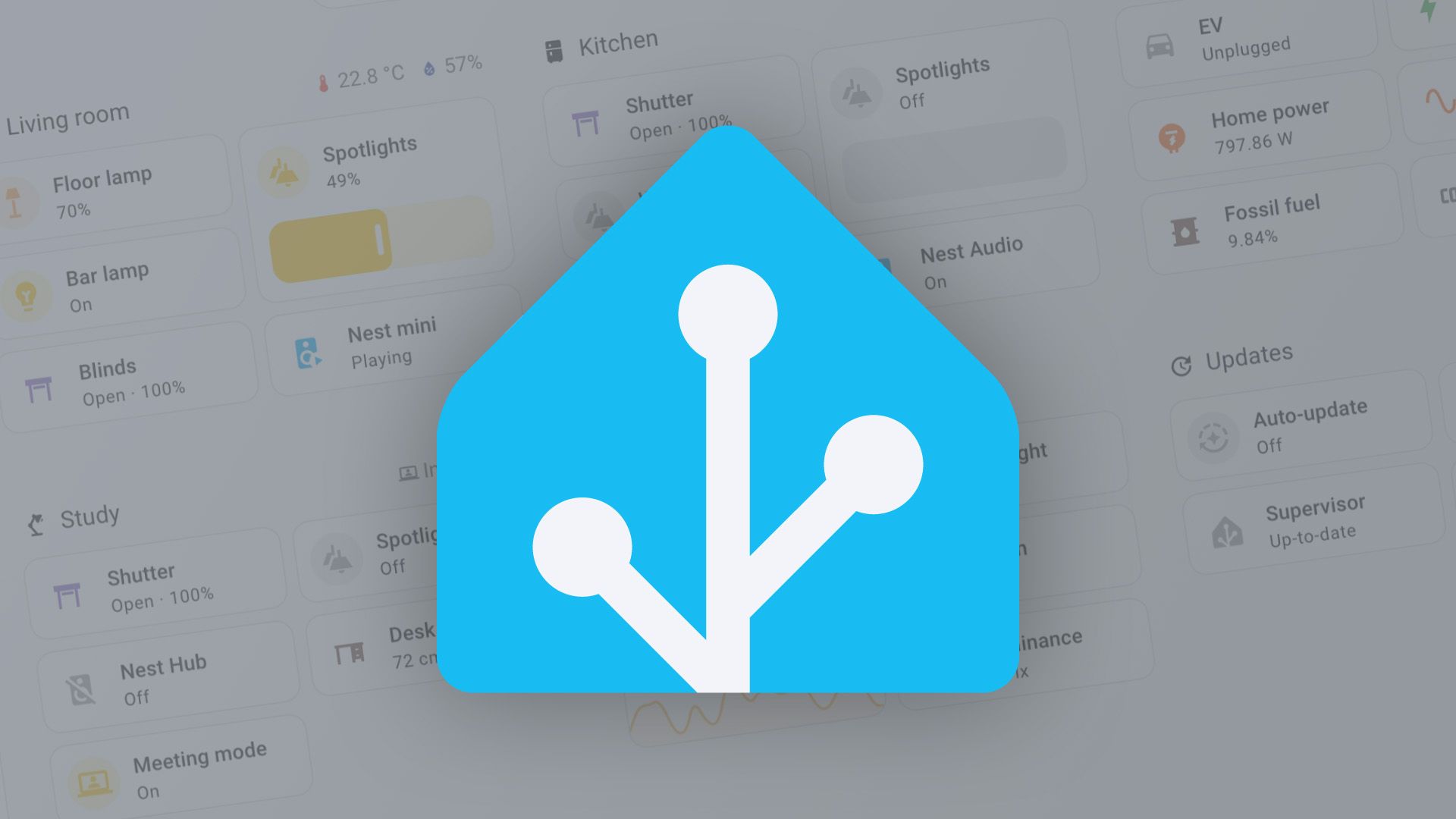
Home Assistant 2025.11 has just been released and comes with quality of life upgrades focused on automation and dashboard management. If you spend any time building complex routines, you’re going to find that this release makes your life significantly easier.
The standout feature of this release is the brand-new target picker. If you have spent time creating an automation, you’ve likely come across that moment when you see three entities all named “Ceiling light.” You end up wondering exactly which light you are trying to control.
Now, when you select an area or a floor as a target, you immediately see how many entities are included in that selection. This lets you build automations that adapt when they add or remove devices from a room.
The team is also adding a redesigned dialog for adding triggers, conditions, and actions. This change is currently cosmetic, making the dialog bigger with a two-pane layout that makes descriptions much simpler to read. The building blocks, which help perform complex sequences like repeats or branching paths, have been moved into a second tab within this main dialog.
You are also getting more control over how entity names appear on your dashboard cards. You can now choose to display just the entity name, the device name, the area, or even combine them in different ways.
For those of you who obsess over power consumption, Home Assistant has added a new layout for the device’s energy graph called the “pie” view. You can now toggle between the traditional bar chart and this new pie chart with a quick click.
This release also brings some much-needed transparency to system maintenance. You can now track the progress of updates to Home Assistant and add-ons managed by the Supervisor. The progress bar shows stages like downloading and unpacking. While the progress might not be perfectly linear because it depends on factors like your internet speed and CPU performance, it still provides a good estimate of how far along the update process is.
The logging system has been made way more efficient. Before, Home Assistant was double logging all events. That redundancy wasted disk space and, more importantly, caused unnecessary wear on your storage medium. This is especially concerning if you are using an SD card in a Raspberry Pi setup. The team has stopped writing logs to the configuration folder, but you can still view and download all logs from the Settings page because the system now reads them directly from the OS.
The team has simplified many elements in the Home Dashboard. Suggested entities and favorites are now combined into a single, smart section that shows you what’s most relevant immediately. Areas are now grouped by floor, making it much easier to browse your home’s layout quickly. Dedicated views for Lights, Climate, and Security have been moved to their own dashboards, accessible directly under Settings.
Finally, there’s a huge list of new integrations and improvements to existing ones. New integrations include Actron Air, the network scanning tool Fing, and the ability to connect with Nintendo Parental Controls to monitor device usage. The SwitchBot integration now supports garage door openers. The Volvo integration can now show the location of your car, with control buttons. Xbox integration received image support, so you can see images of the game you are currently playing, along with your avatar and Gamerpic.
Source: Home Assistant